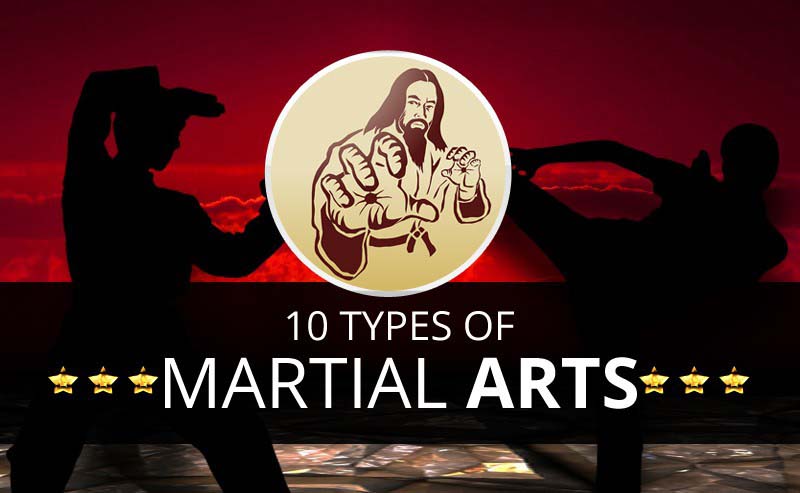A Historical Overview And Progression Of Martial Arts Across The Globe
A Historical Overview And Progression Of Martial Arts Across The Globe
Blog Article
Team Author-Padilla Vick
Martial arts have a fascinating history that spans centuries and continents. You may locate it appealing exactly how ancient practices like Shuai Jiao and Kalaripayattu prepared for modern-day battle strategies. These disciplines not only stress physical abilities however additionally reflect the societies that birthed them. As you discover their evolution, consider how globalization has actually changed these traditional forms right into crossbreed styles. What impacts do you assume have shaped today's martial arts landscape?
Ancient Martial arts: The Foundations of Battle
As you look into the world of ancient martial arts, you'll uncover the rich structures that formed fight methods across cultures. Very early practices concentrated on Self-Defense and survival, often including strikes, hurting, and weaponry.
In ancient China, as an example, techniques like Shuai Jiao stressed throws and joint locks, while India's Kalaripayattu showcased dexterity and fluid motion. Japanese samurai created Kenjutsu, a refined swordsmanship that highlighted technique and technique.
These martial arts served not just for battle however additionally as a means of personal advancement, instilling values like respect and determination. recommended mixing of these methods in time prepared for the varied martial arts you see today, each showing the unique philosophies and demands of its culture.
The Social Influence on Martial Arts Growth
While martial arts typically show the useful requirements of a society, they also embody the social values and beliefs of their origins. When you discover different martial arts, you'll see just how they're influenced by religion, philosophy, and social norms.
For instance, the emphasis on respect and technique in Japanese martial arts originates from Zen Buddhism and samurai society. In have a peek at this website , Brazilian Jiu-Jitsu advertises flexibility and approach, shaped by the demand for efficiency in a diverse, modern atmosphere.
You might locate that the routines, attires, and training approaches mirror a neighborhood's background and identification. By understanding these social influences, you deepen your appreciation of martial arts and their duty fit human experiences across the globe.
Modern Adaptations and the Globalization of Martial arts
Martial arts have changed significantly in current decades, adapting to contemporary society and global influences. You'll notice that conventional forms have mixed with modern-day strategies, creating hybrid styles like MMA. These adaptations cater to diverse audiences, making martial arts available and enticing globally.
With the rise of social media sites and digital platforms, you can discover tutorials and competitions from all corners of the globe, damaging geographical obstacles. This globalization has actually resulted in a common admiration for different disciplines, from Brazilian Jiu-Jitsu to Taekwondo.
As you involve with these arts, you'll recognize they're not practically fight; they promote health and fitness, technique, and mental well-being.
Ultimately, modern adaptations have enhanced the martial arts landscape, making it a dynamic and progressing practice.
Conclusion
In discovering the history and advancement of martial arts, you discover an interesting mix of techniques, cultures, and approaches. From ancient disciplines like Shuai Jiao and Kalaripayattu to the modern-day versatility seen in mixed martial arts, martial arts mirror humankind's quest for Self-Defense and individual growth. As you involve with these practices, you not only get skills but also a much deeper gratitude for the diverse customs that shape our world today. So, proceed your trip and embrace the art of fight!
